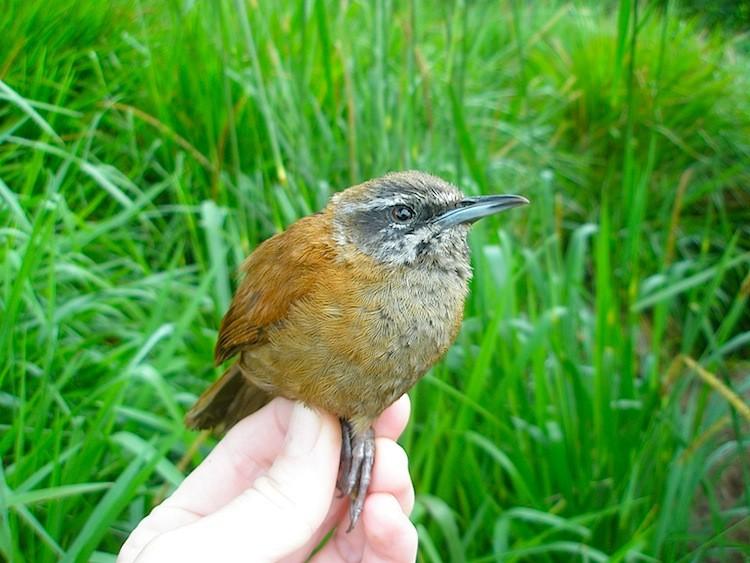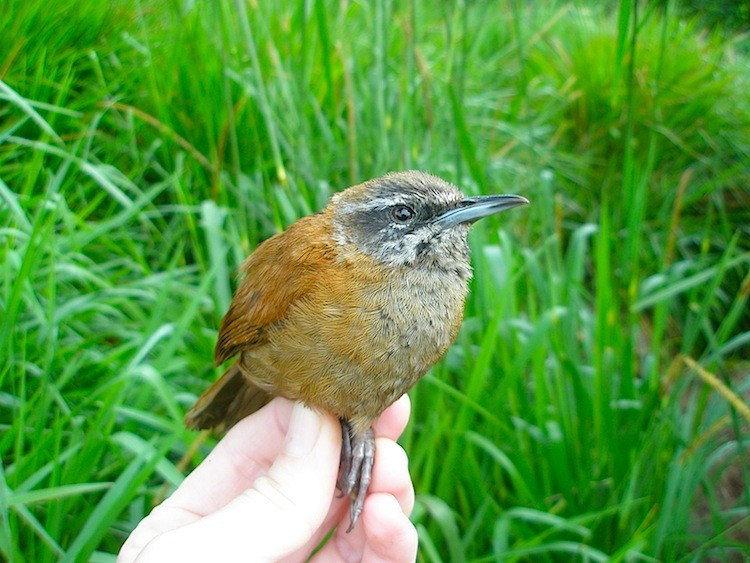Bamboo Wren Pairs Tweet in Tune
Plain-tailed wrens, Pheugopedius euophrys, are excellent duet singers, alternating singing syllables so rapidly that a pair sounds like a single bird, and new research suggests that females may lead repartees.
|Updated:
Arsh Sarao is a health reporter for The Epoch Times. She holds a Master's degree in Biotechnology and a Bachelor's degree in Biology and Chemistry. She taught life sciences for 11 years before working as an editor for Epoch Inspired for 7 years. She focuses on health, wellness, and traditional value topics.
Author’s Selected Articles






